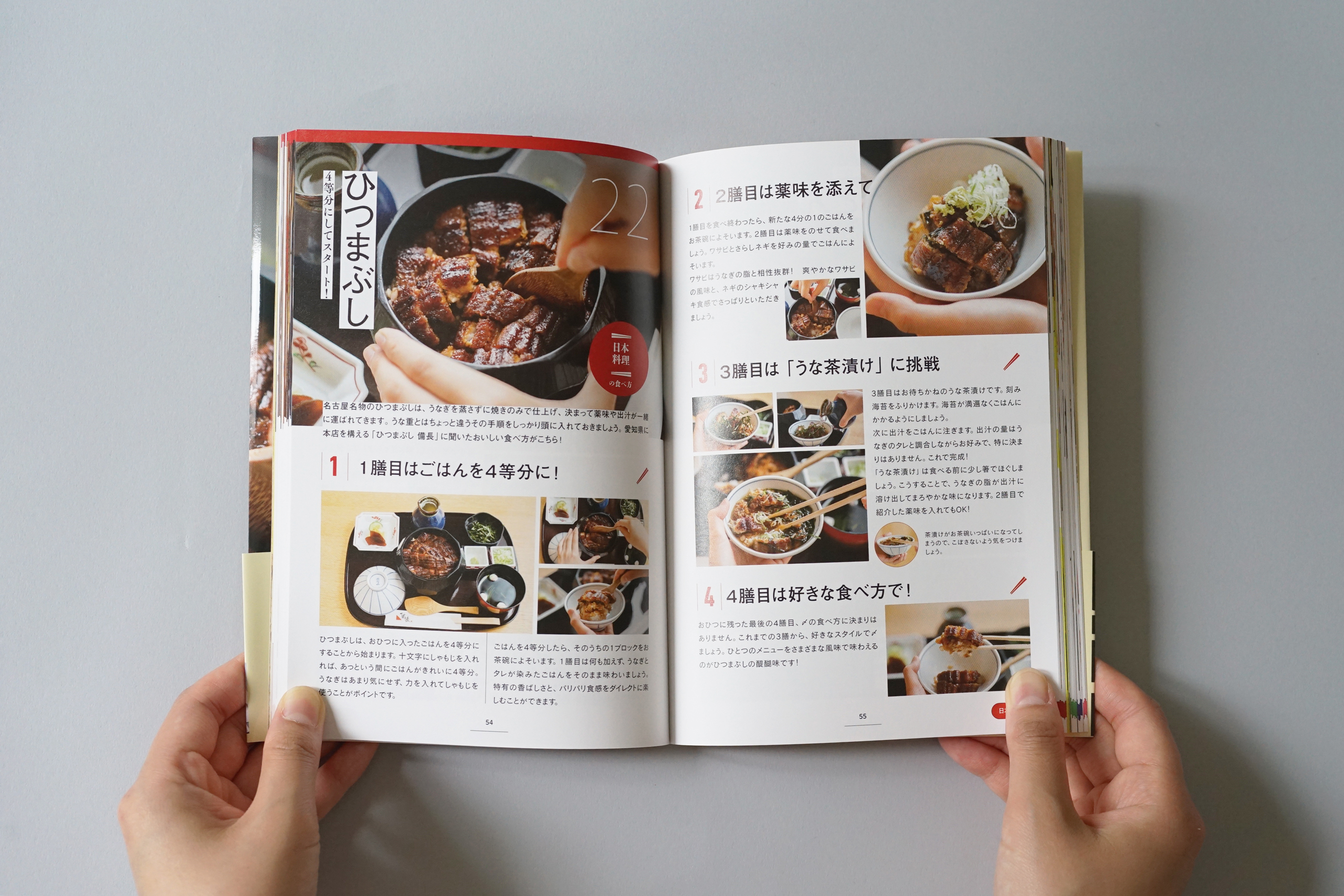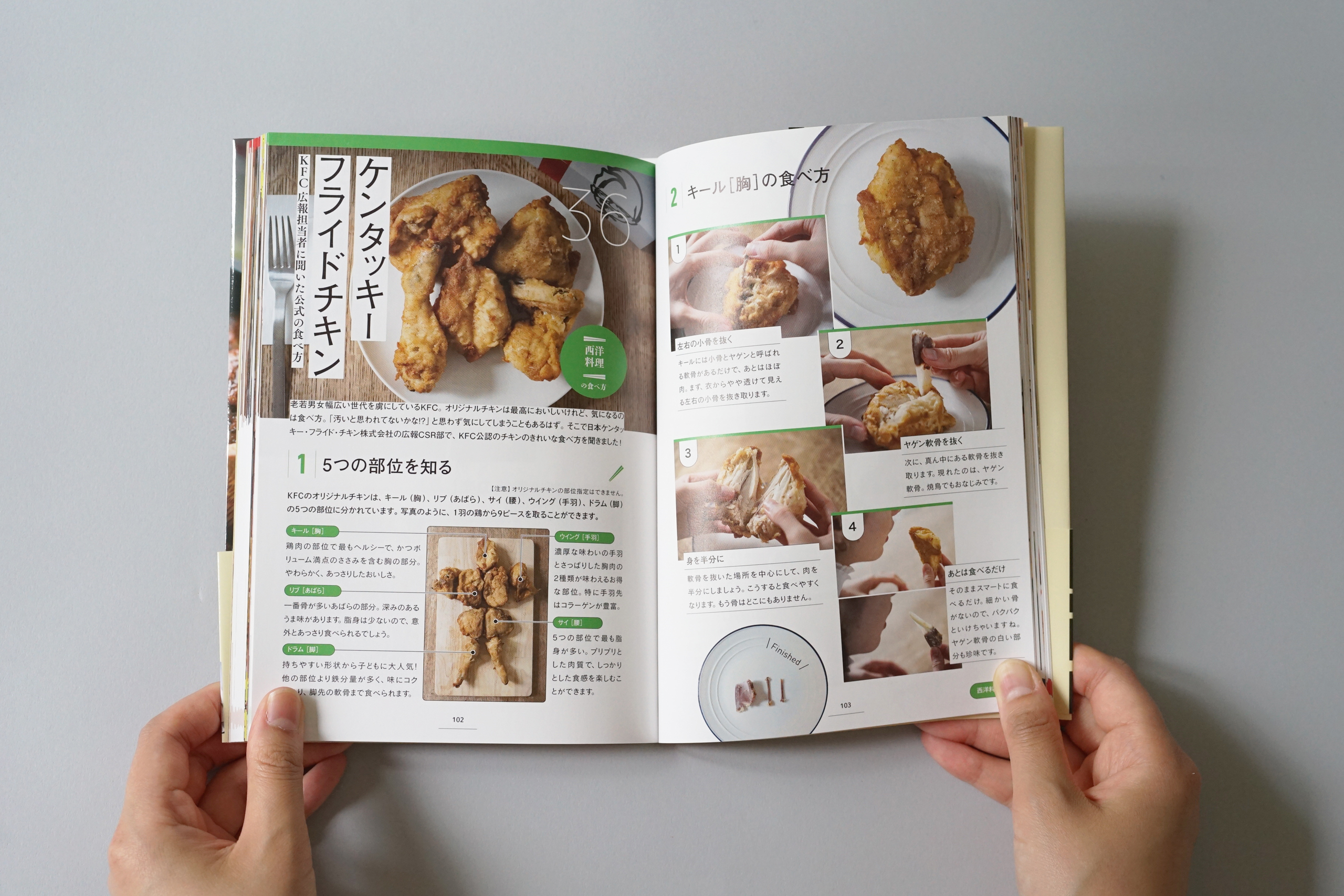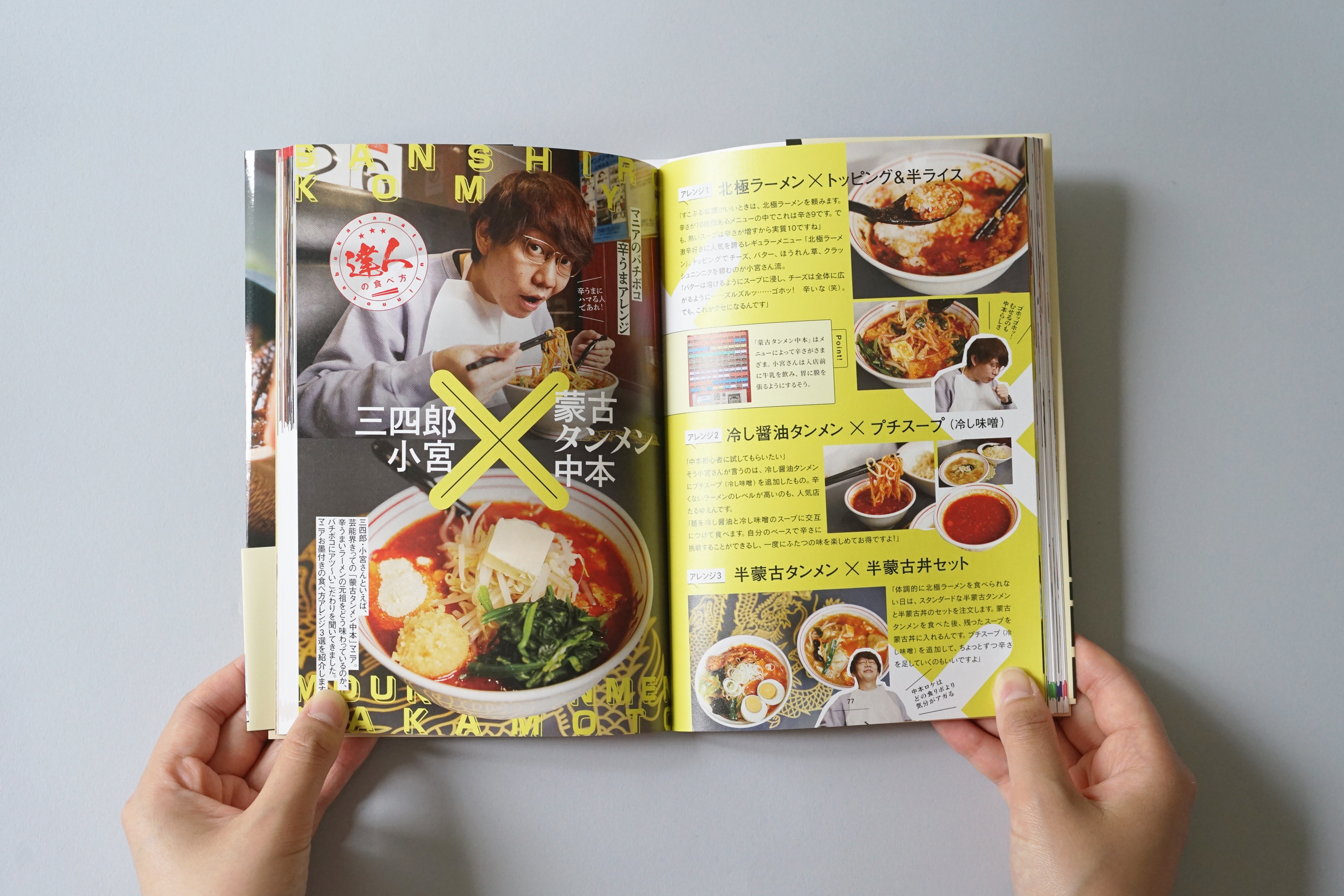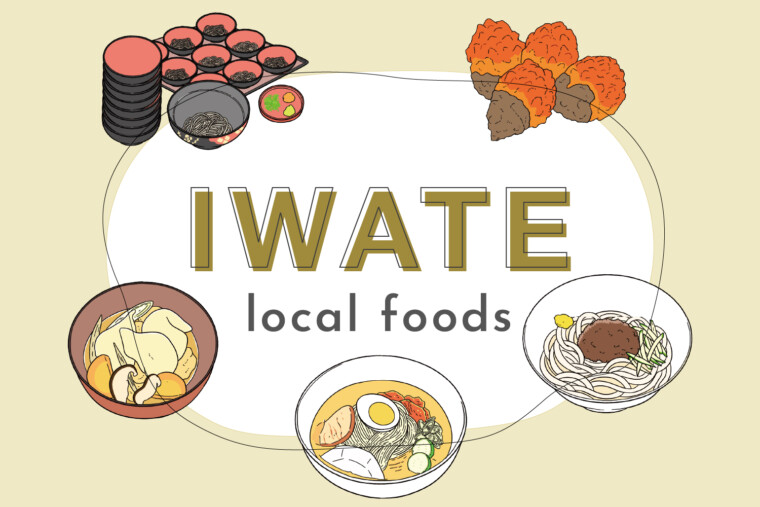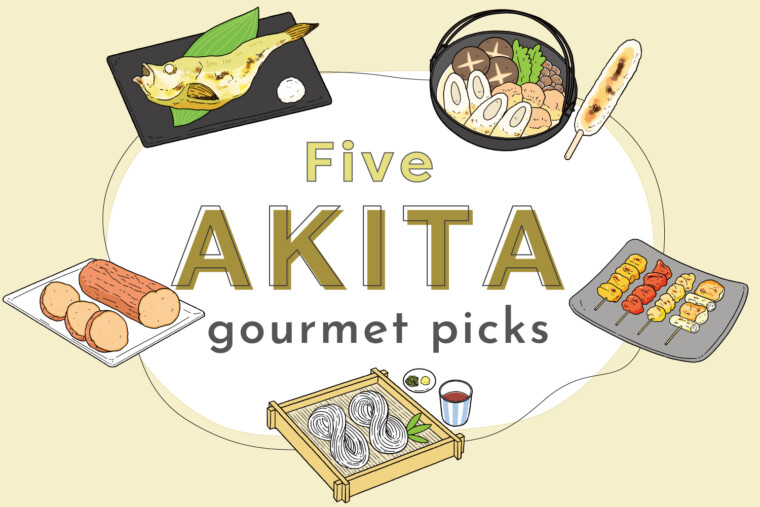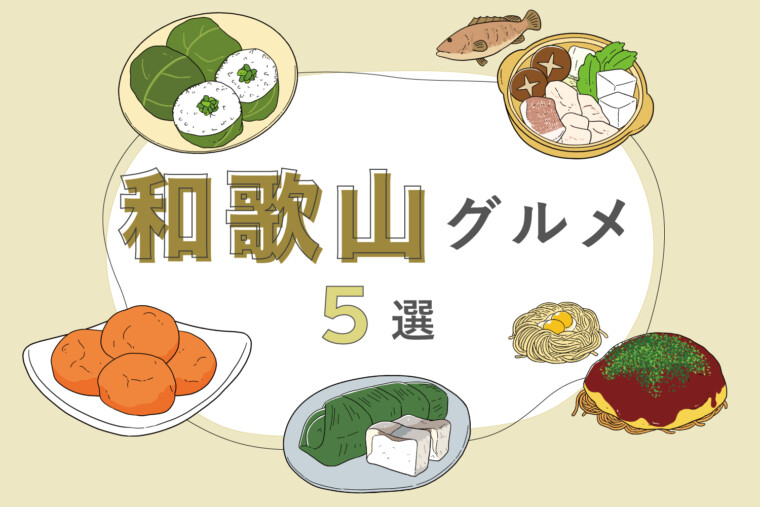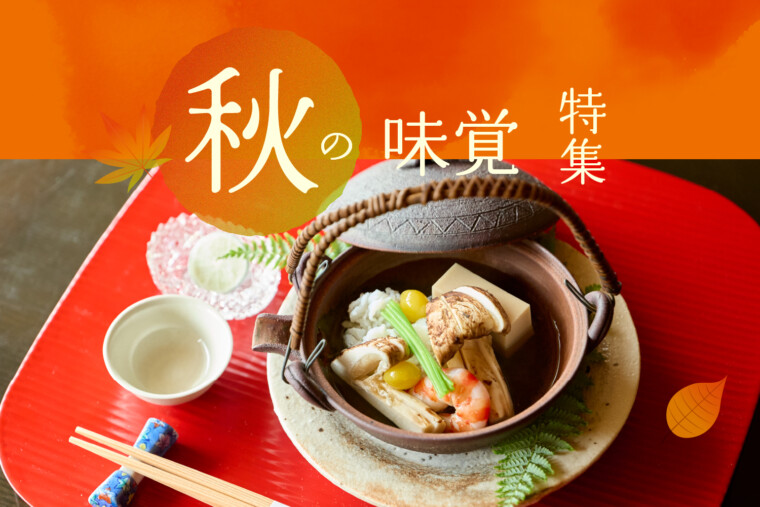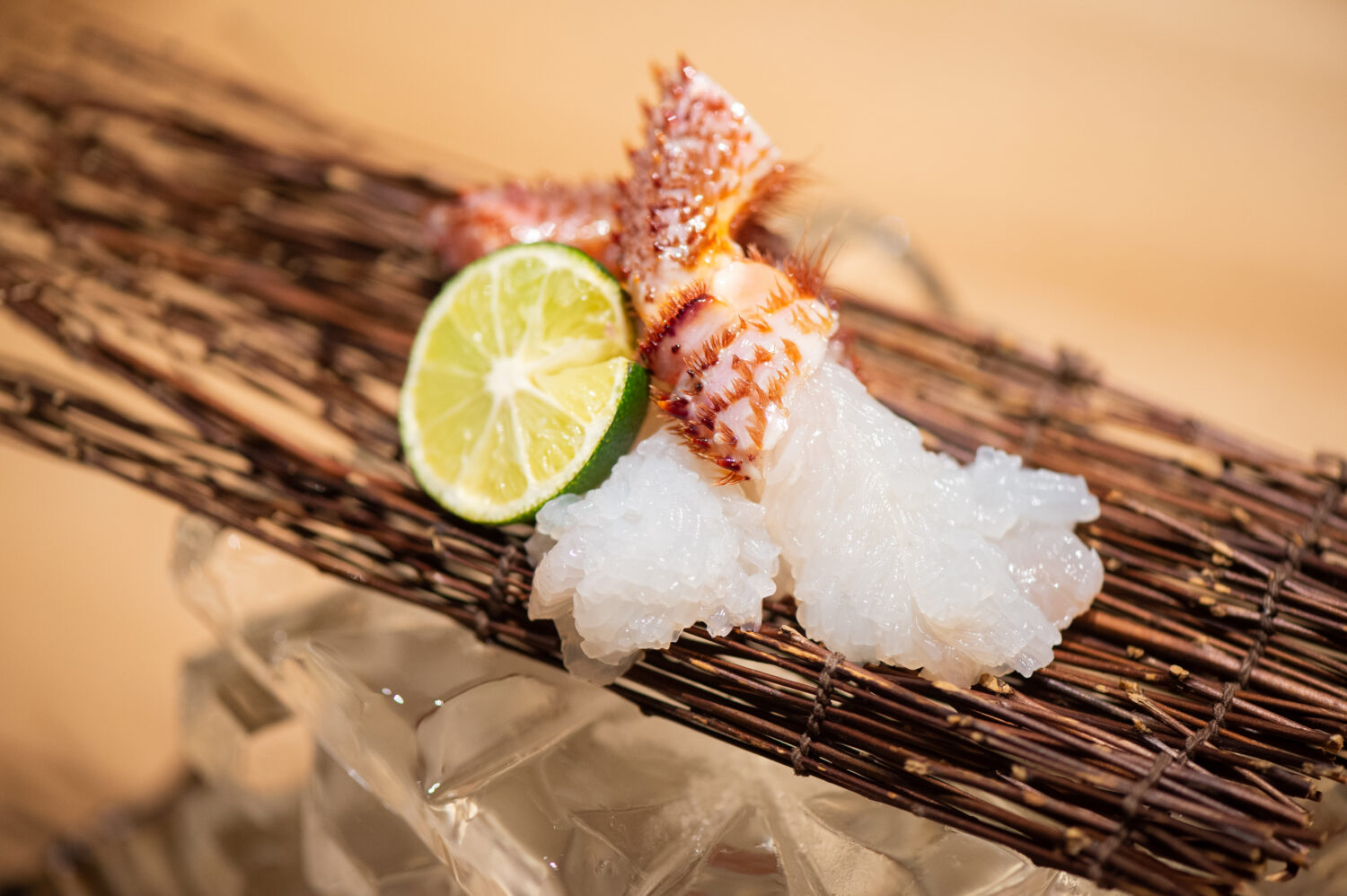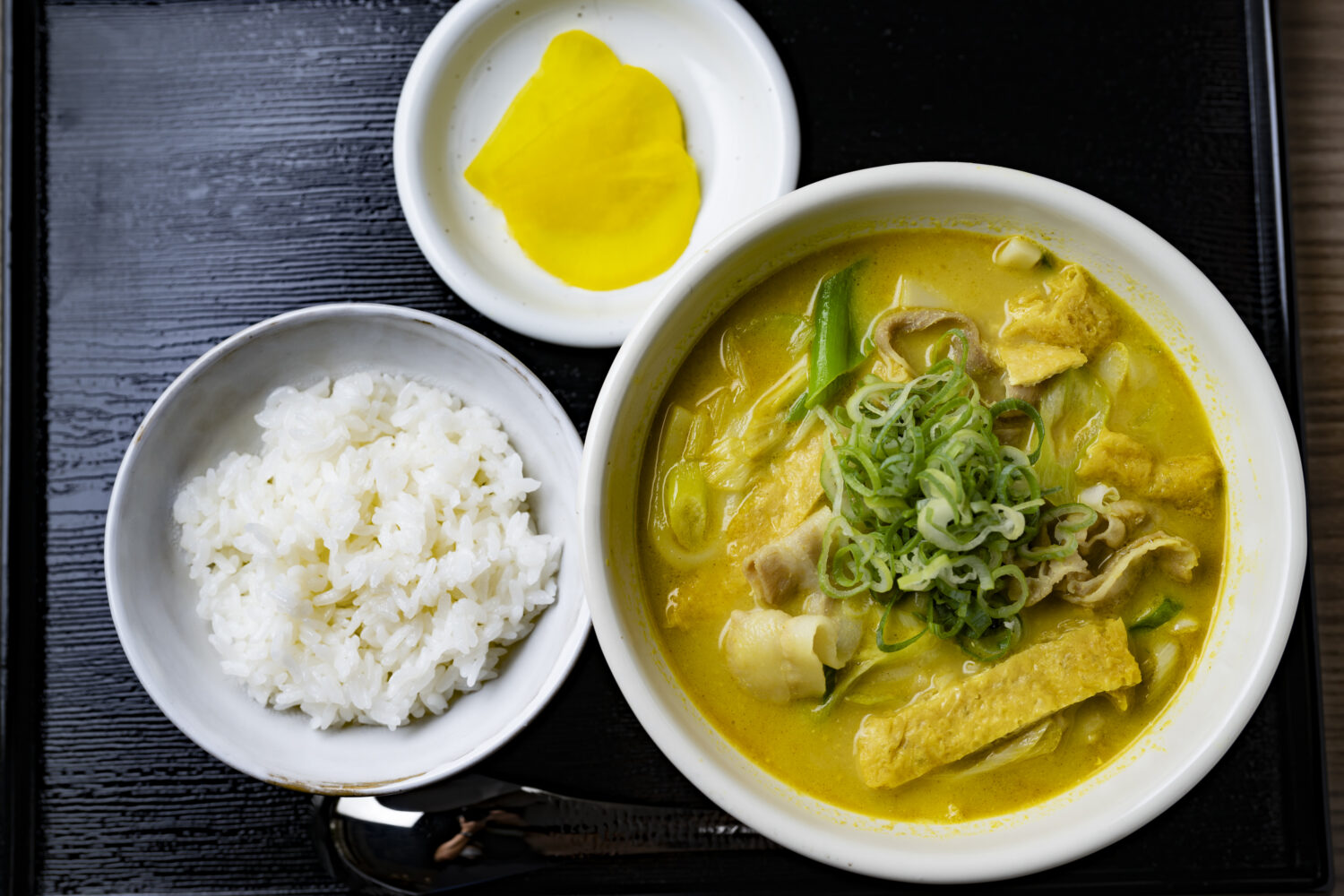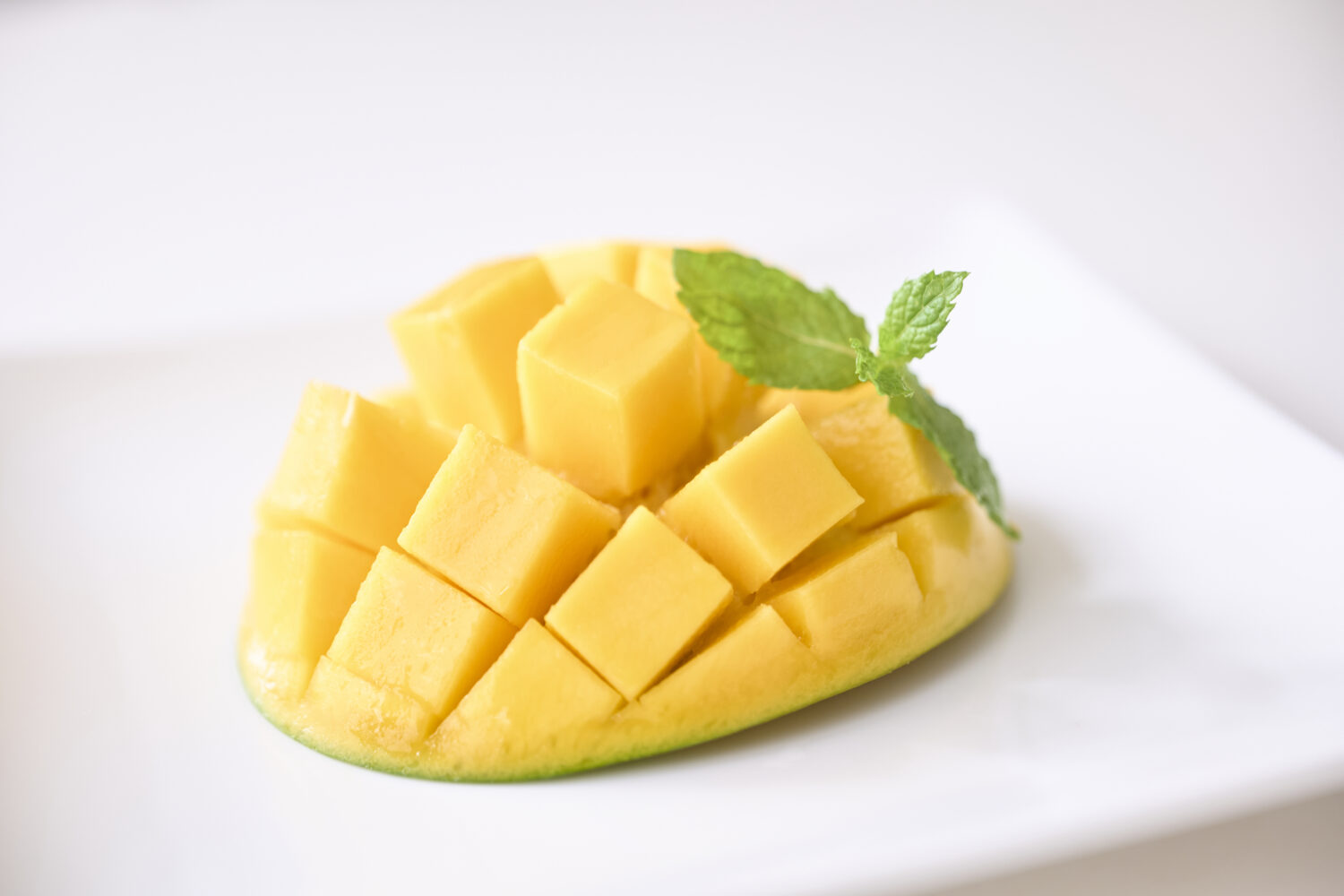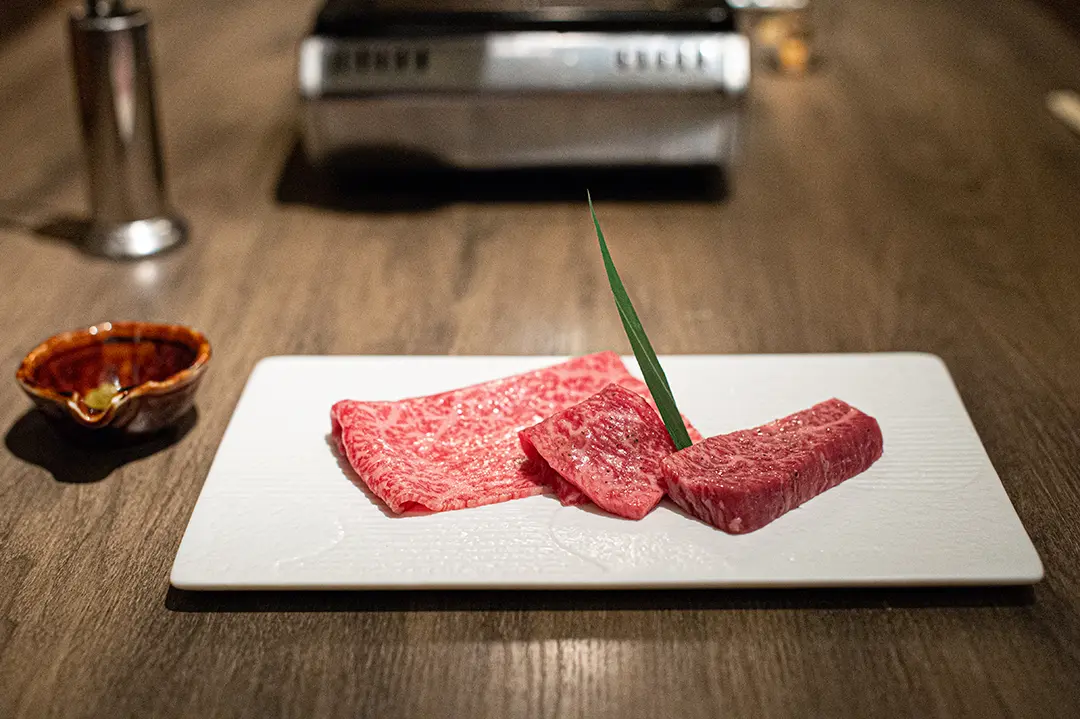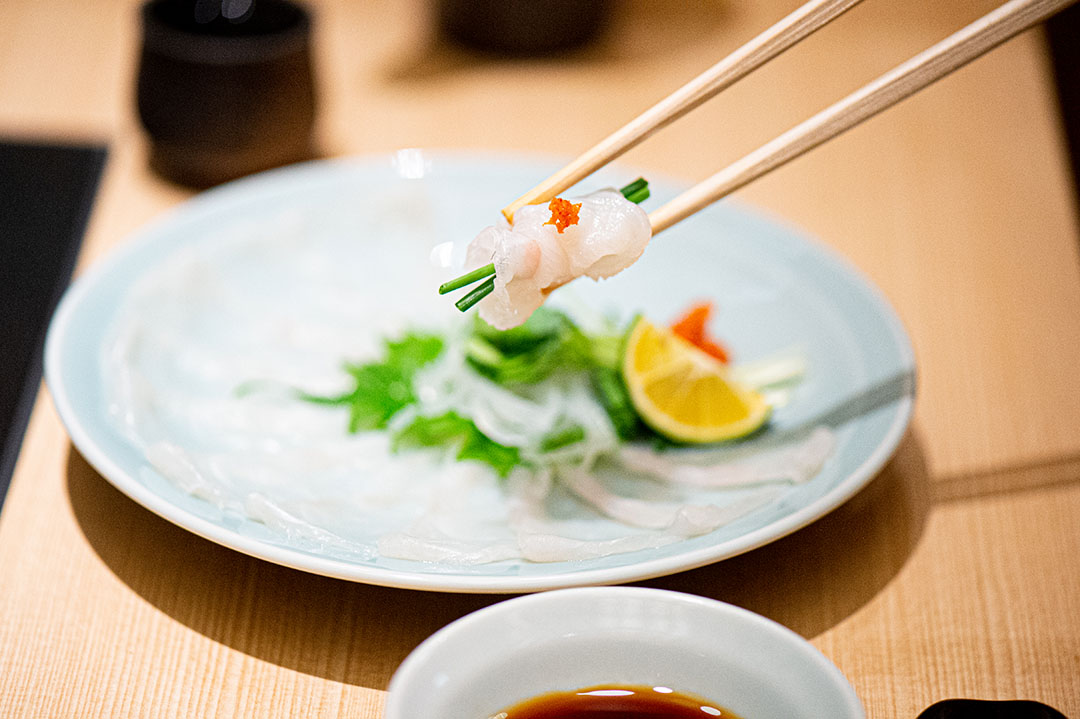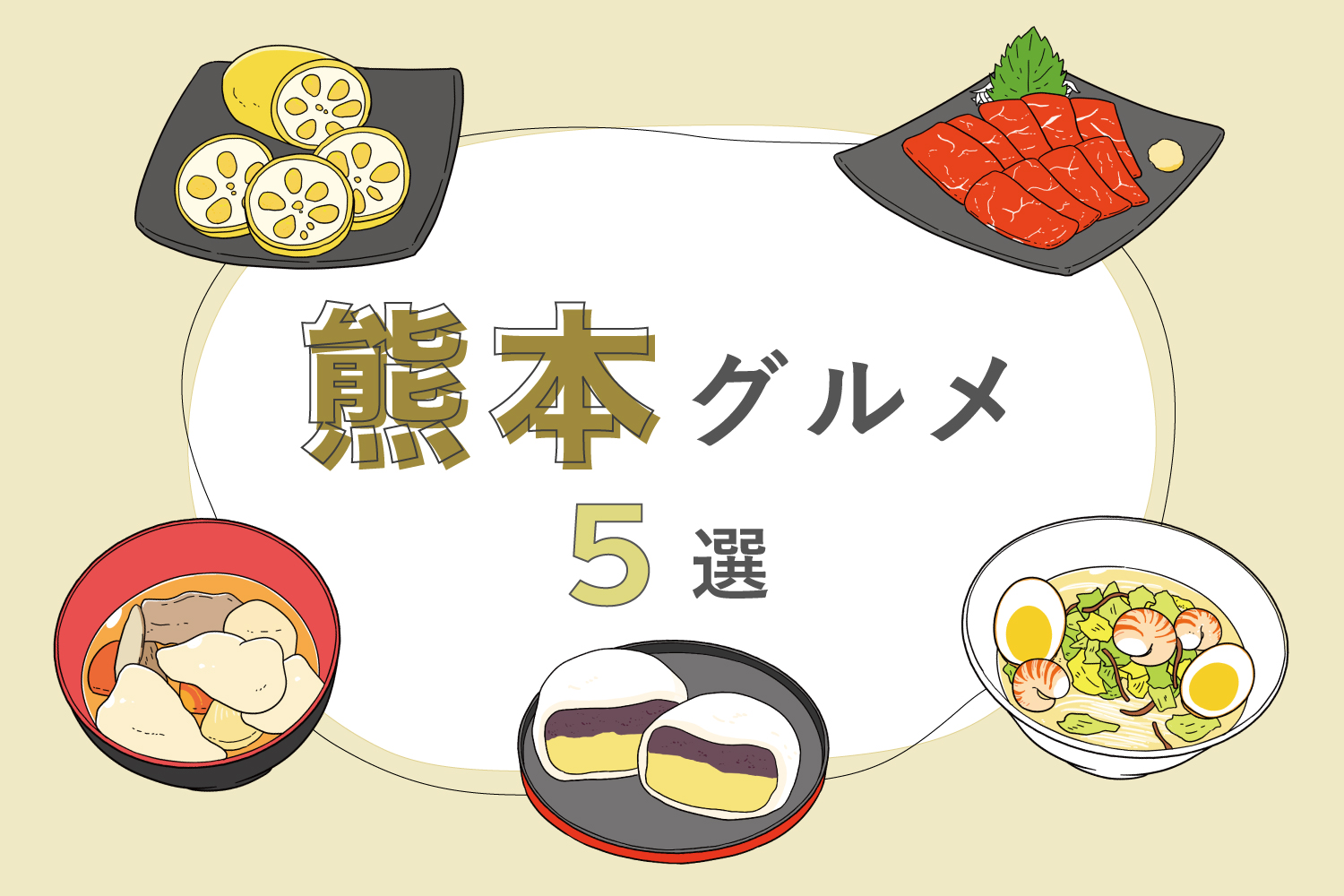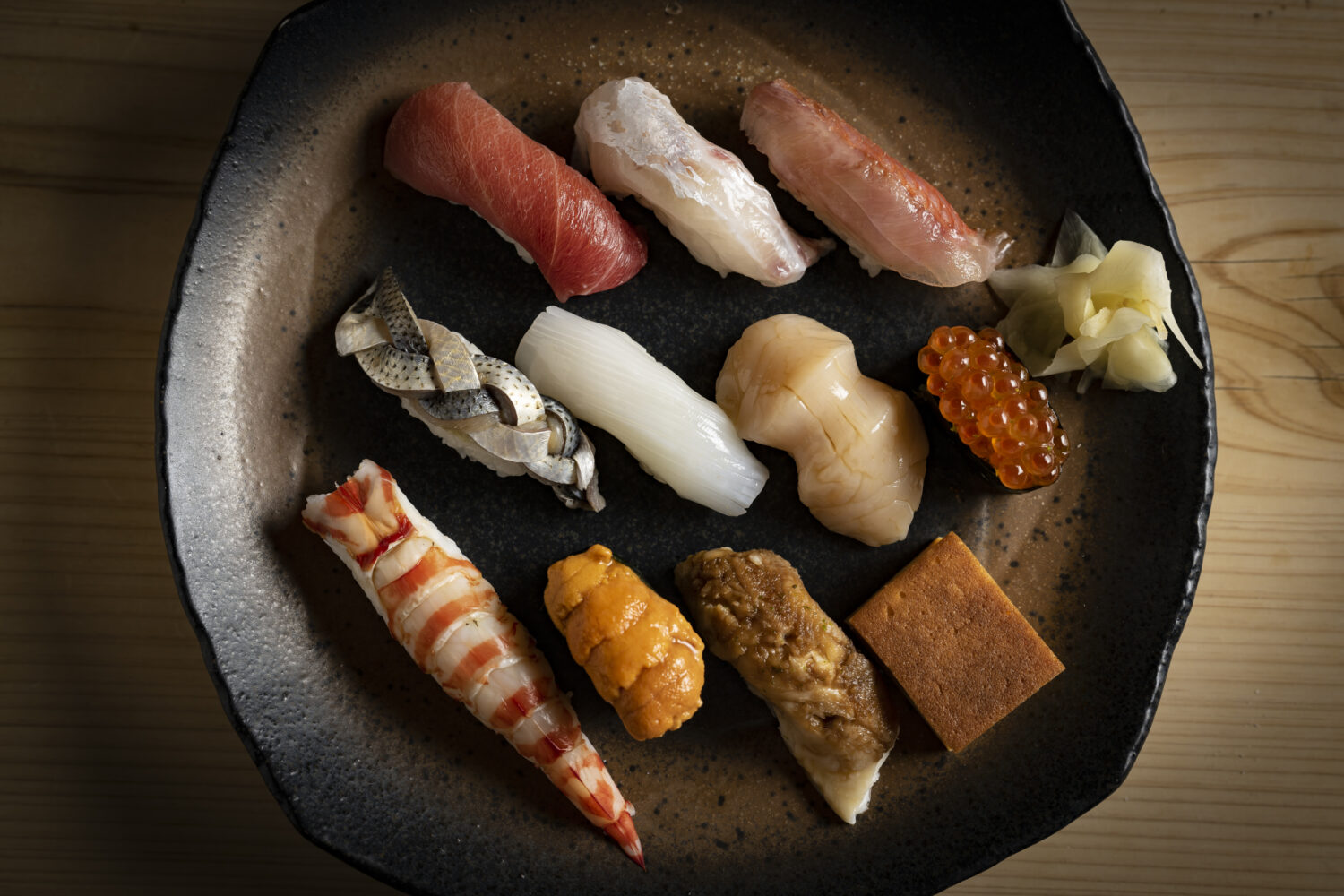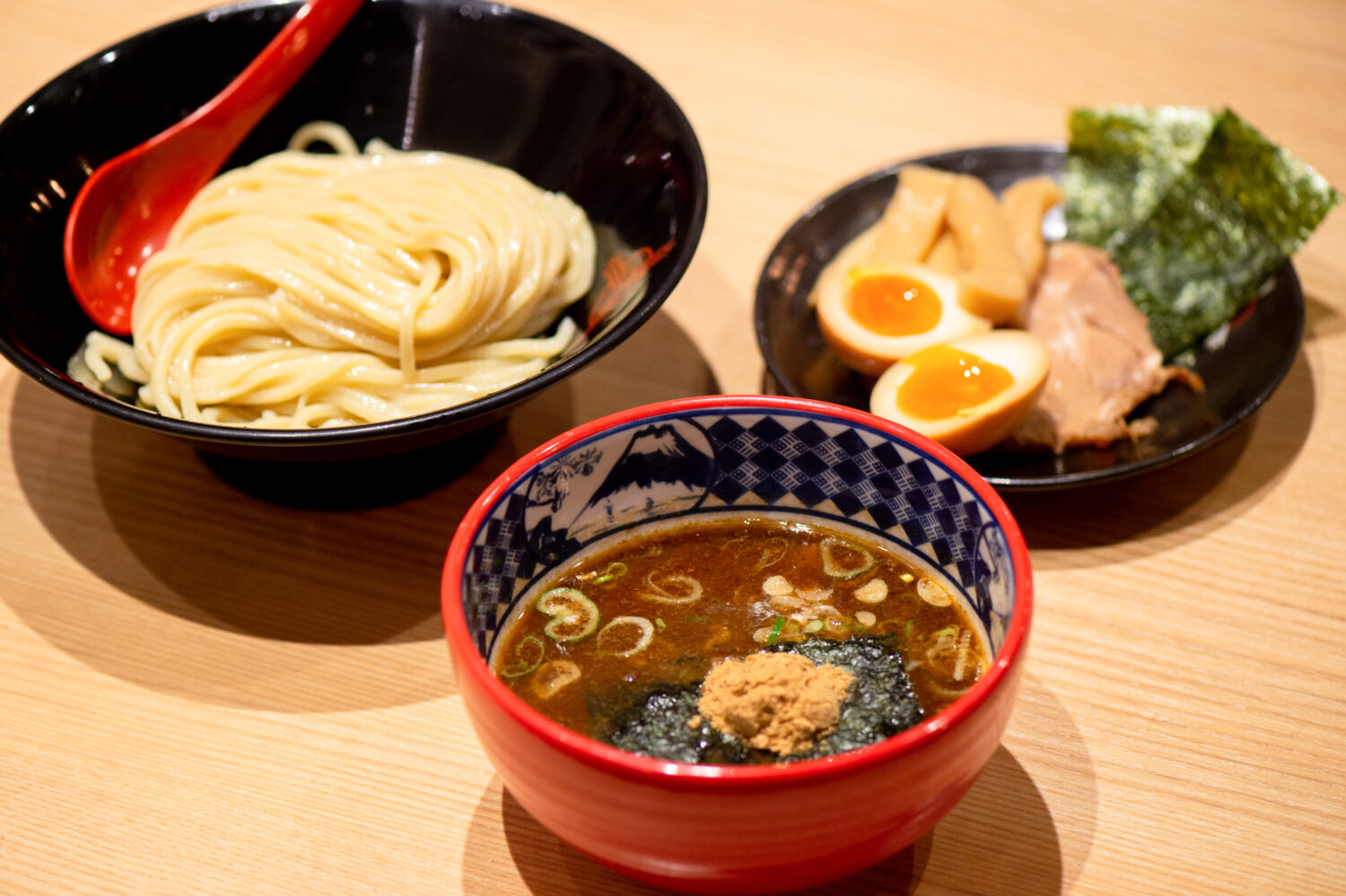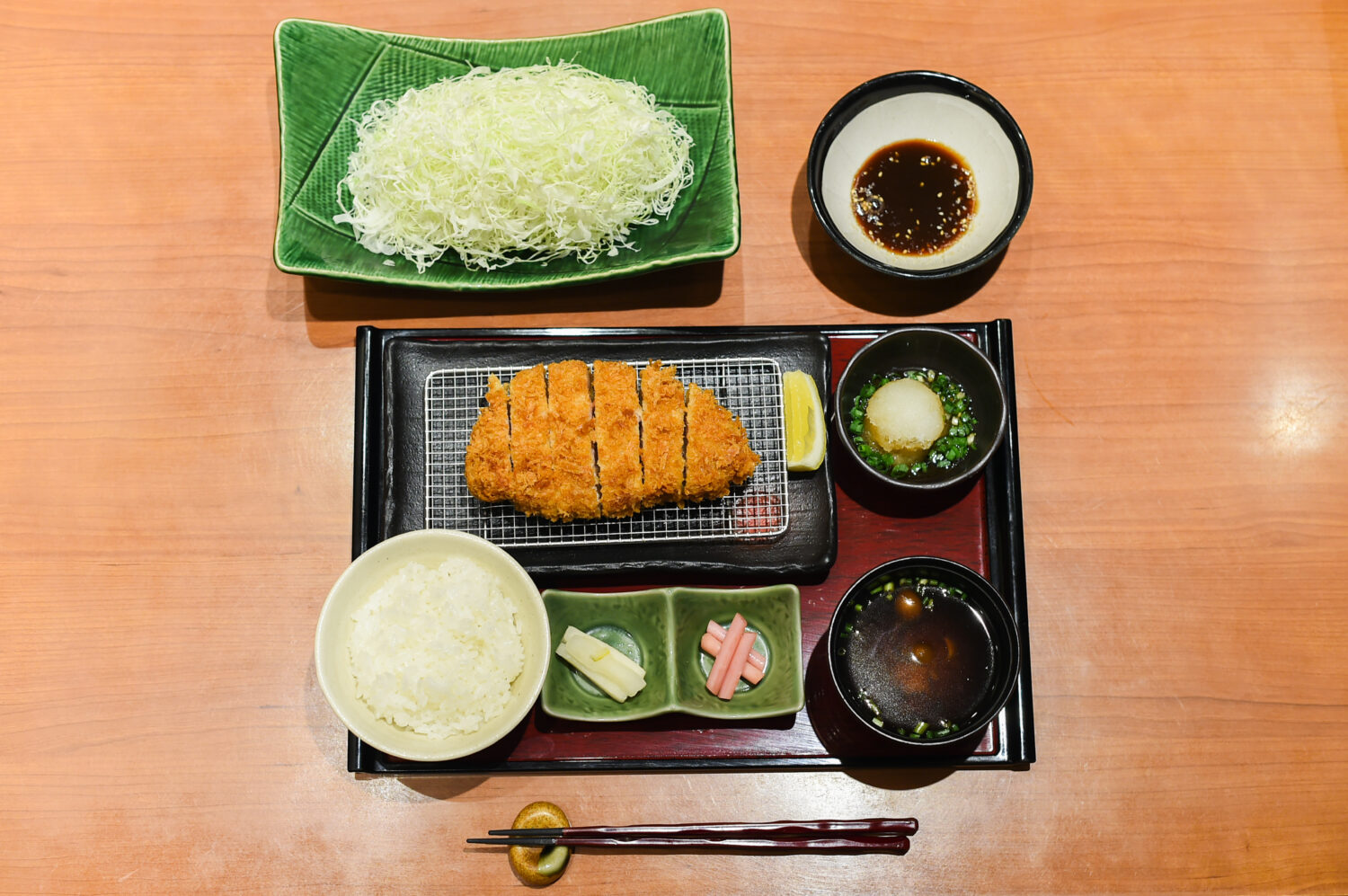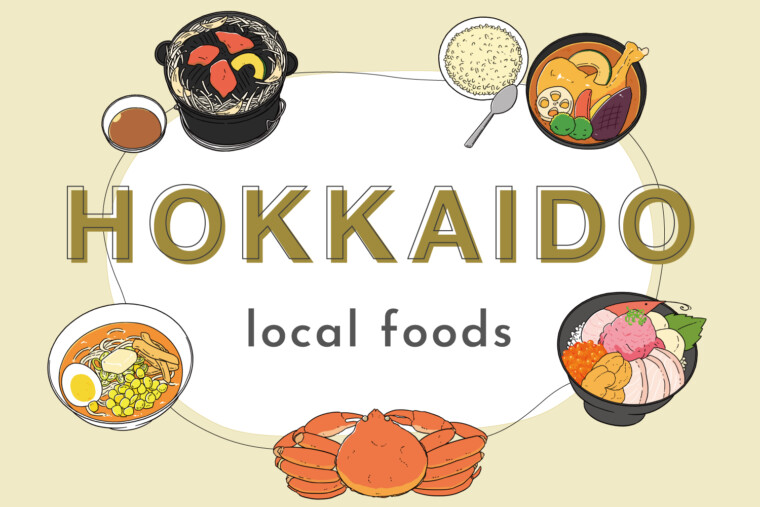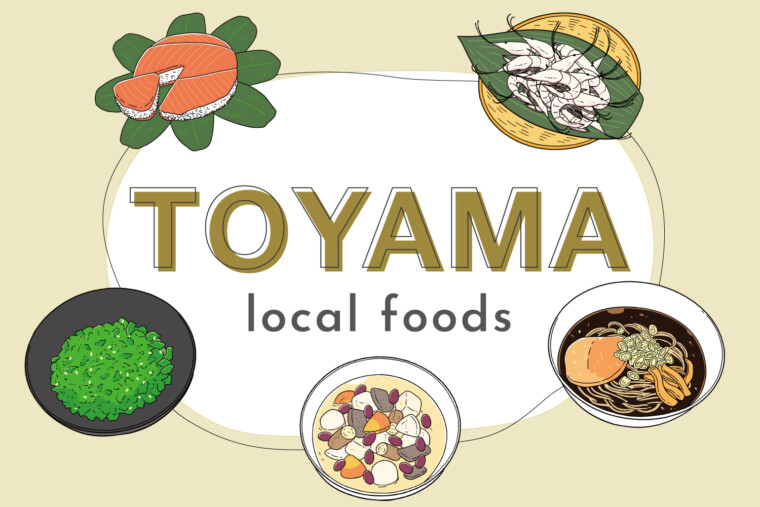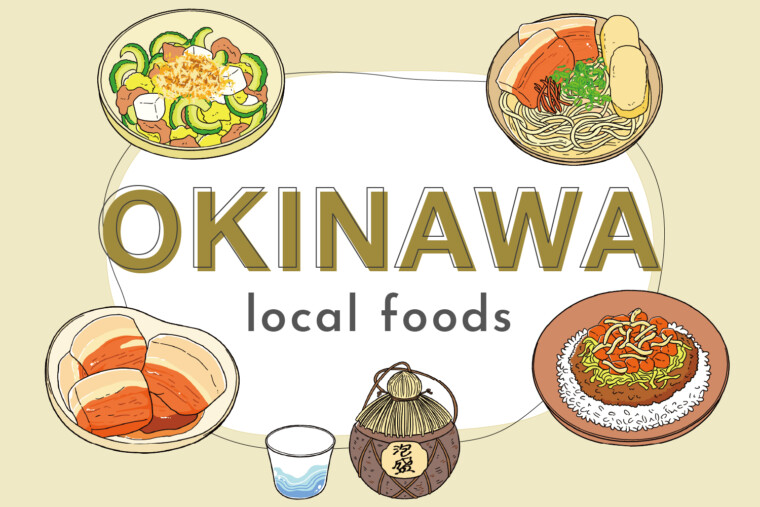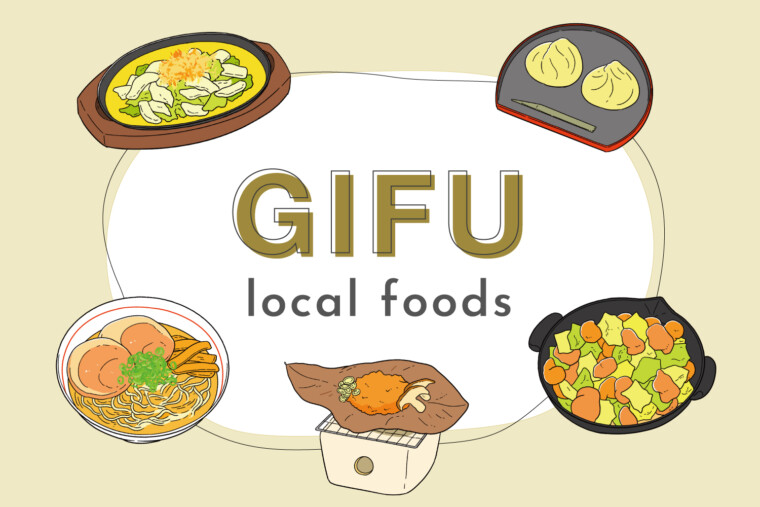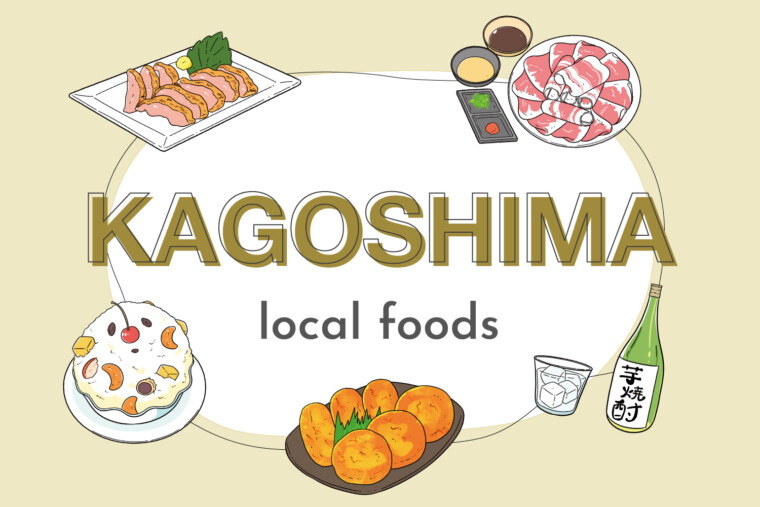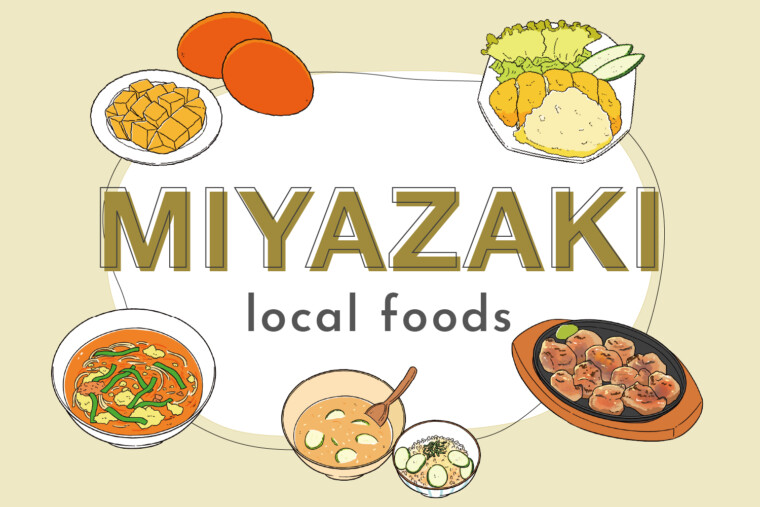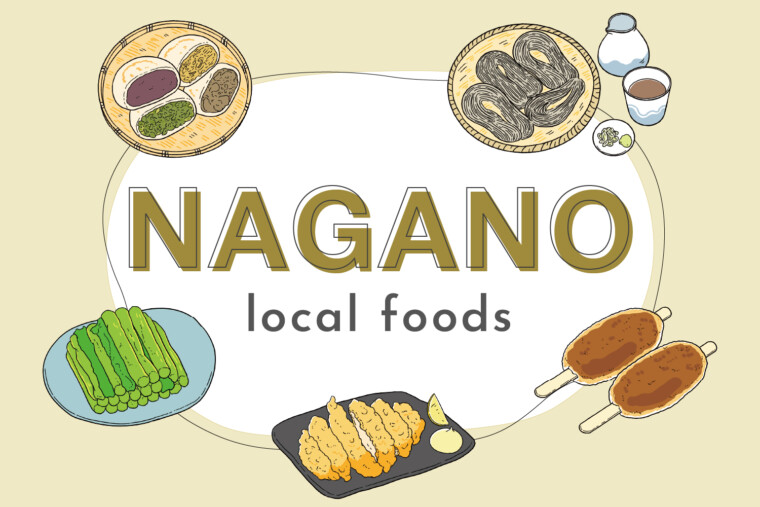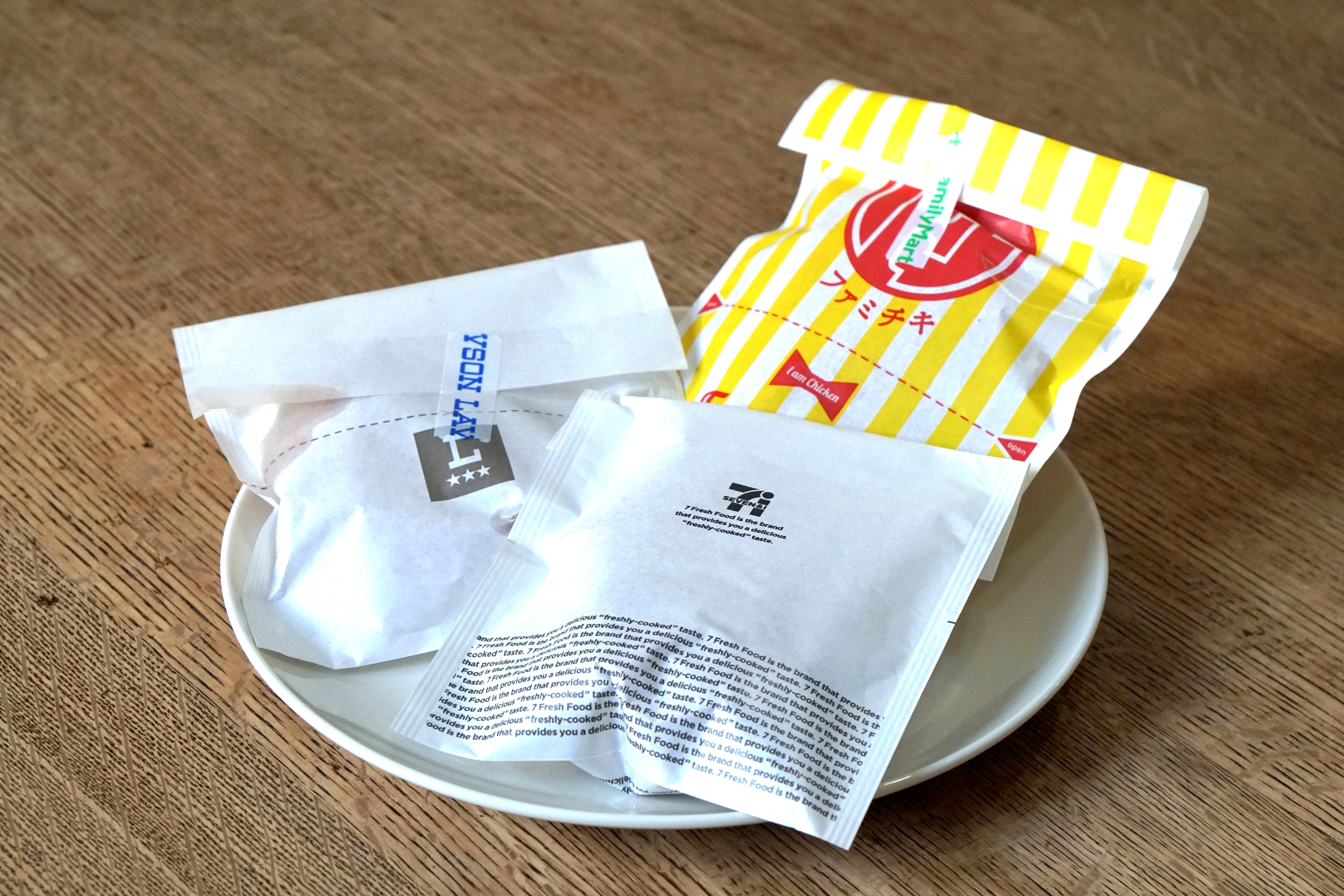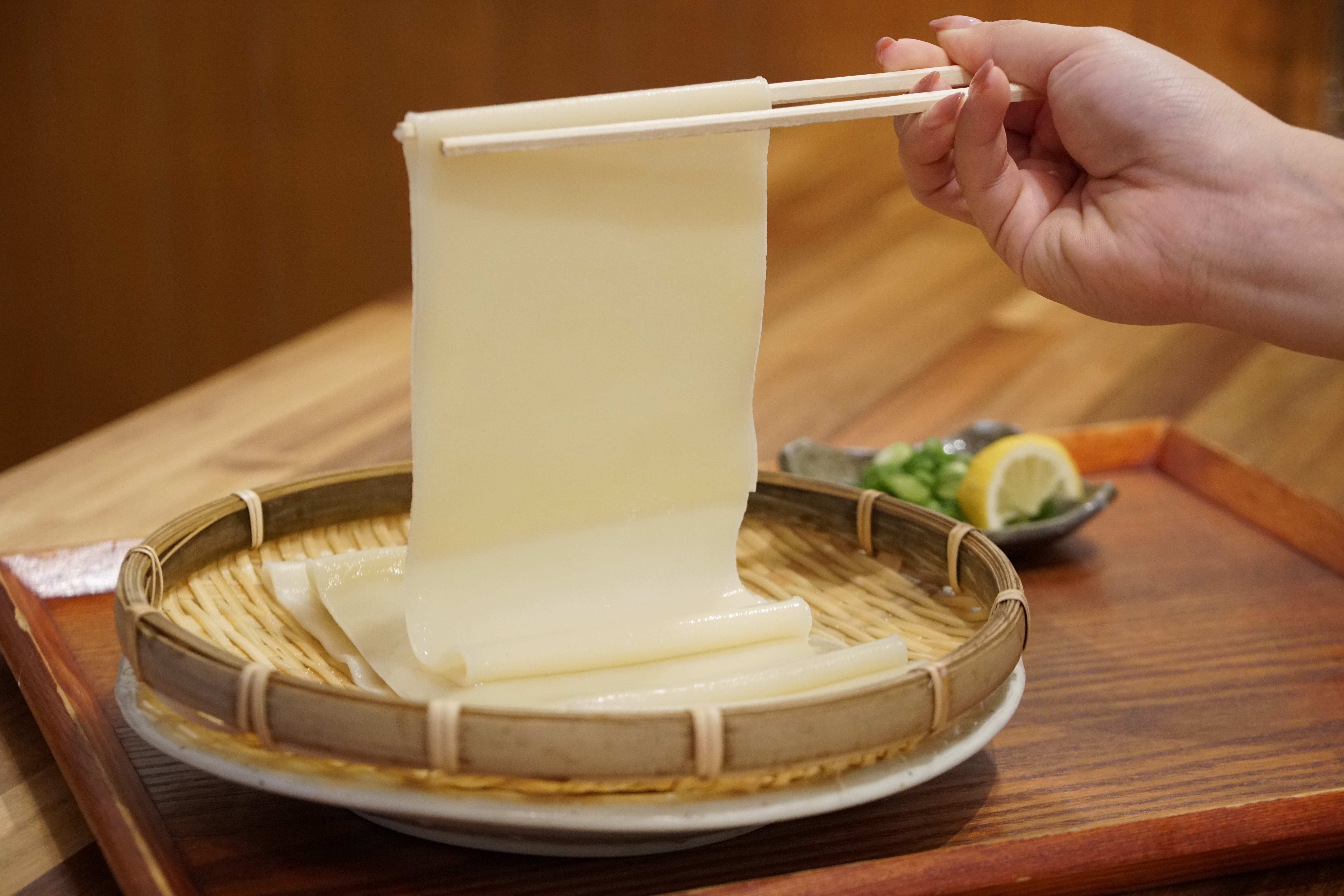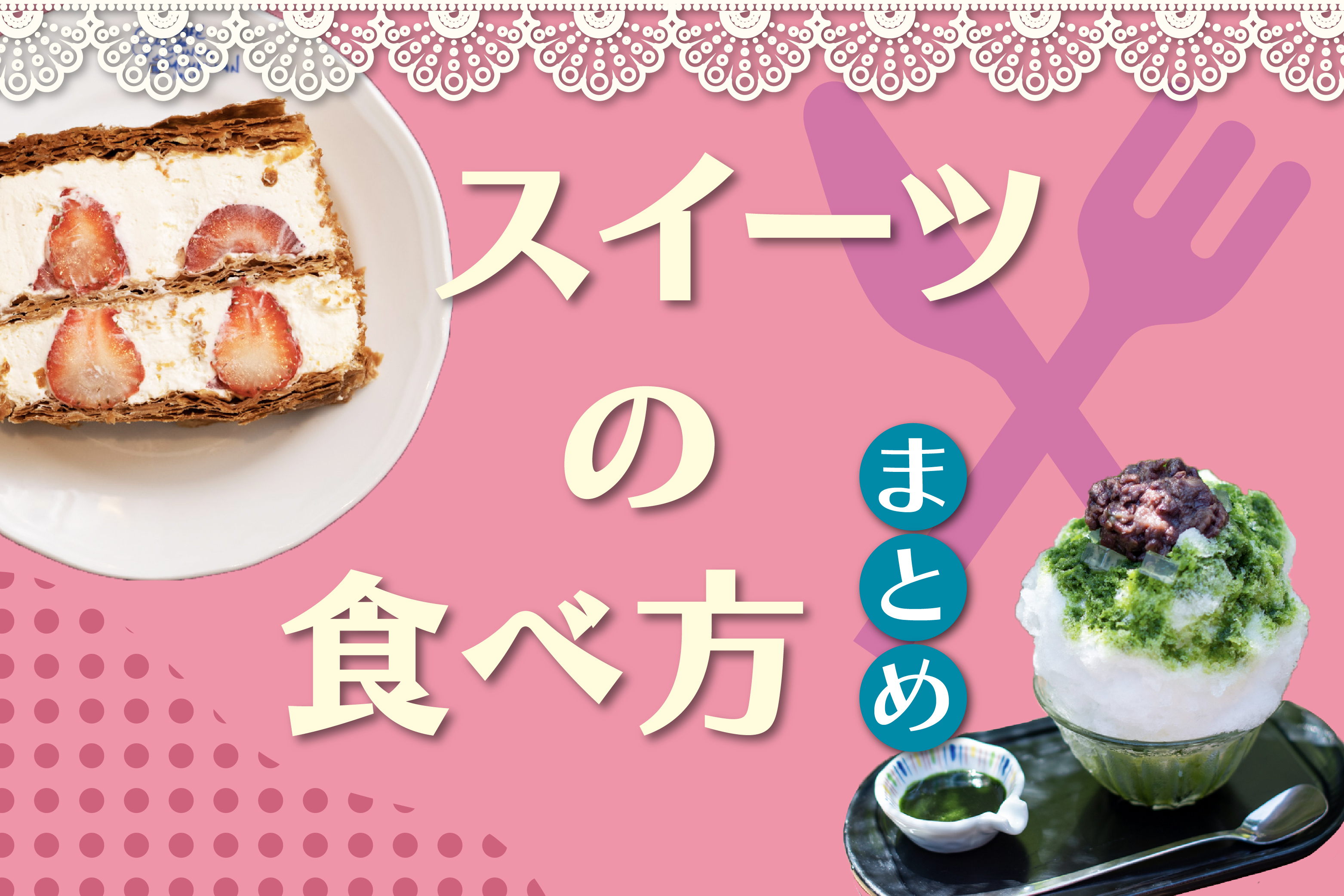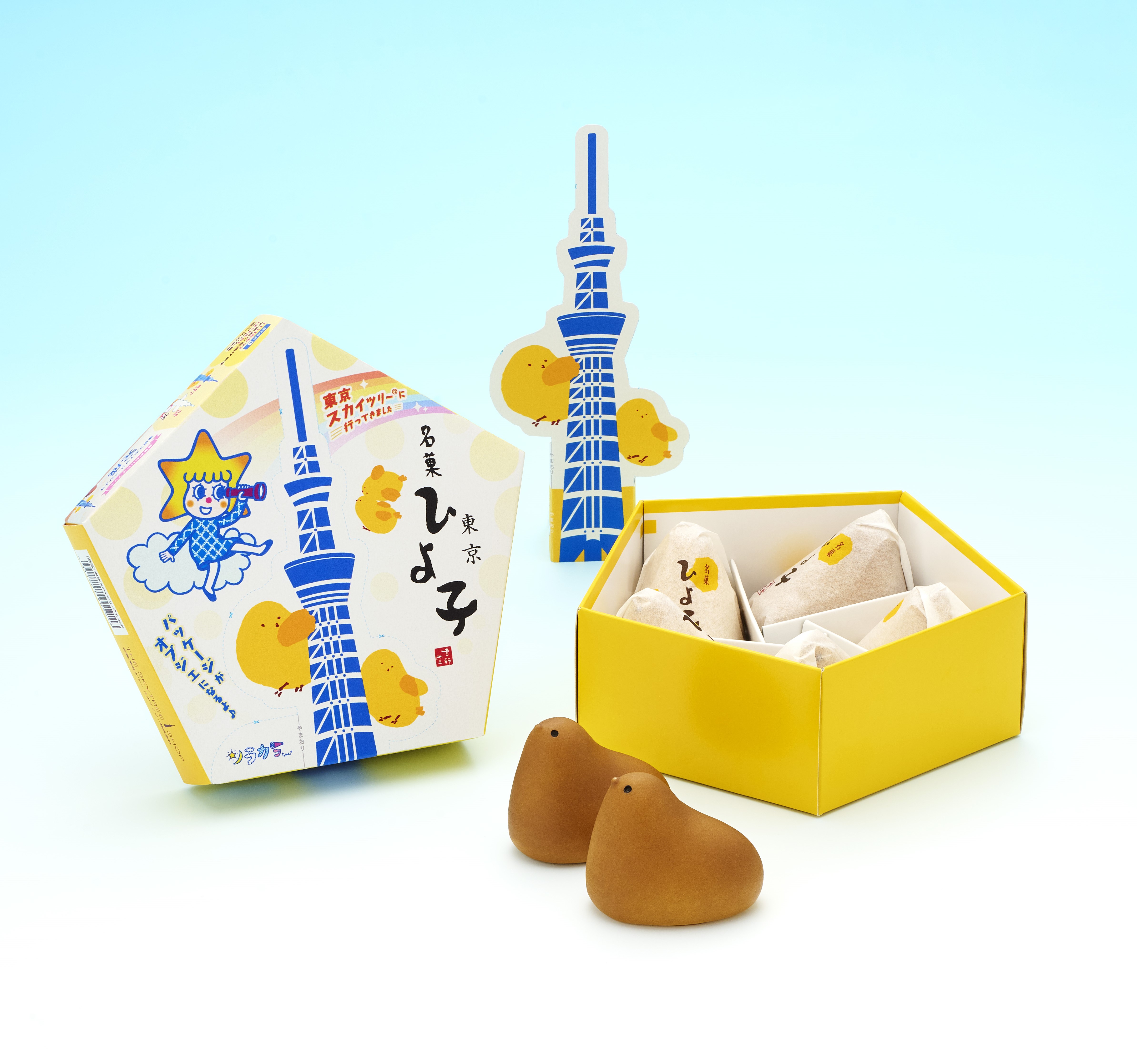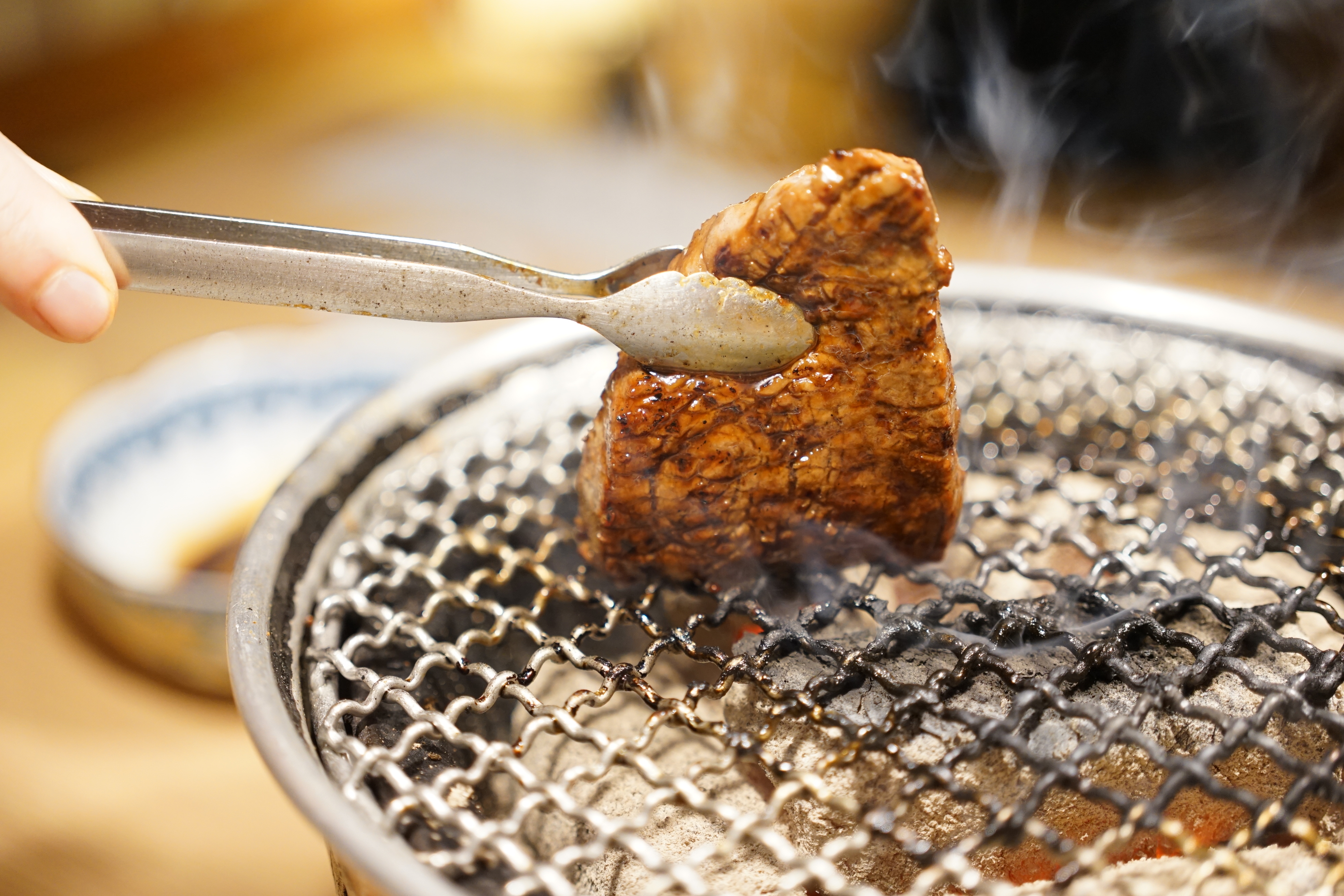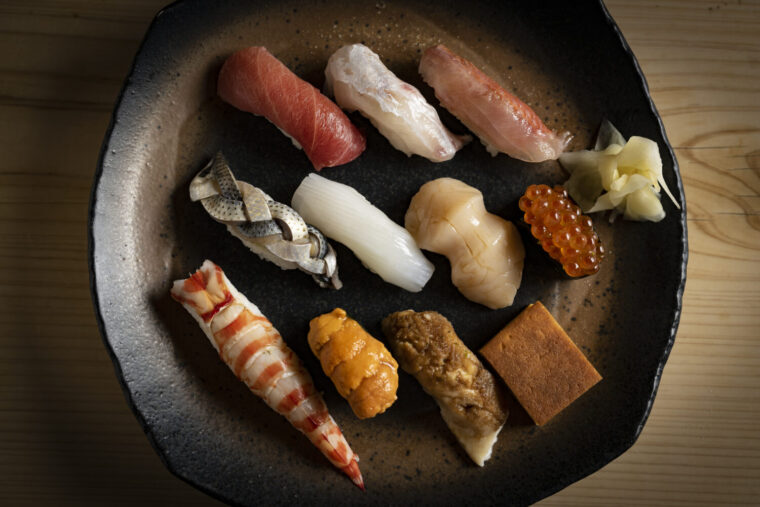
Aomori Local Foods: Apples, Senbei-jiru, Ichigoni, Ikamenchi, and Bara-yaki
In Aomori Prefecture, the World Heritage Site Shirakami-Sanchi and the Important Intangible Folk Cultural Property Nebuta Festival showcase the region’s rich nature and unique traditions. It is also known as one of Japan’s leading apple-producing areas, making it a destination full of attractions. You can even enjoy distinctive local dishes such as Senbei-jiru (cracker soup) and Ichigoni (sea urchin and abalone soup)!
share:
Table of Contents
Japan’s Top Producer of Apples
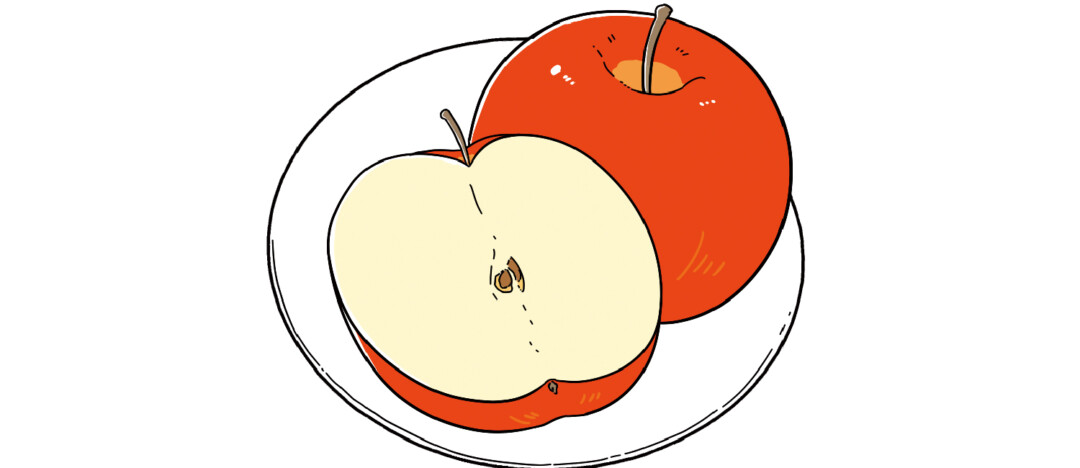
Aomori Prefecture is the largest producer of apples in Japan. Apple production flourished around the beginning of the Meiji era, when saplings distributed by the Ministry of Home Affairs were planted. Today, about 18 varieties are cultivated, including the well-known “Fuji” and “Orin.” Aomori apples, with their perfect balance of sweetness and tartness, are delicious eaten fresh, but they also offer a unique taste when enjoyed in processed forms such as apple juice or apple pie.
Flavorful Broth-Soaked Crackers: “Senbei-jiru”
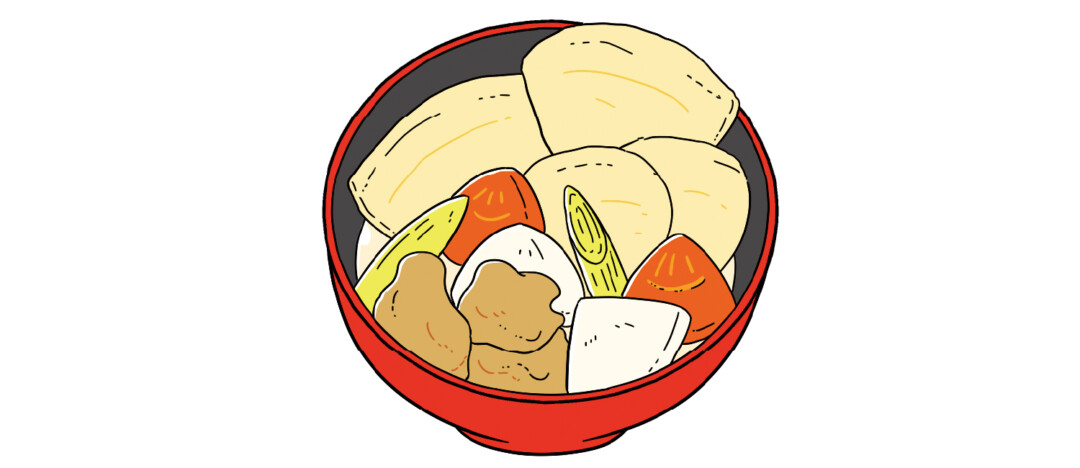
“Senbei-jiru” is a local hot pot dish made by breaking Nanbu senbei crackers into a broth prepared with meat, fish, mushrooms, and vegetables, then simmering them together. Nanbu senbei are traditional crackers made by kneading flour, salt, and water, flattening the dough, and baking it. For senbei-jiru, a special type of Nanbu senbei is used—one designed for hot pots, as it absorbs the broth without falling apart, retaining its chewy texture.
A Luxurious Clear Soup: “Ichigoni”
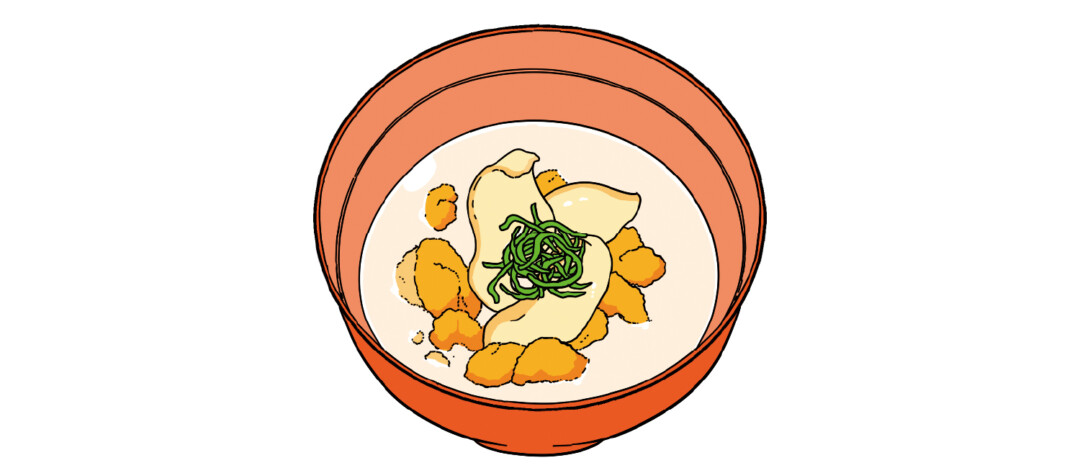
Originally a fisherman’s meal, “Ichigoni” gradually became a dish served at high-end restaurants. It is a clear soup made by simmering luxury ingredients such as sea urchin and abalone, garnished with green shiso. Its name comes from the appearance of sea urchin floating in the cloudy broth, said to resemble wild strawberries sparkling in the morning dew. This indulgent soup is often enjoyed during festive occasions such as Obon, New Year, and weddings.
A Dish that Wastes Nothing: “Ikamenchi”
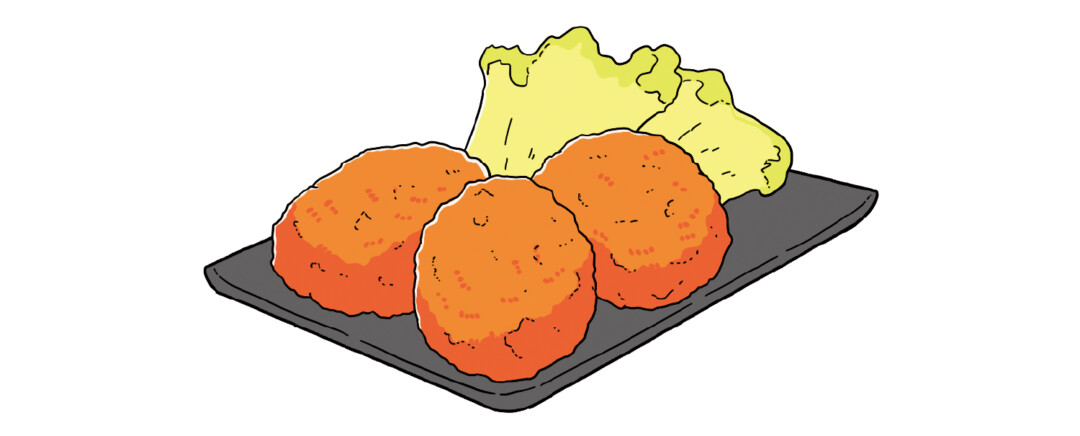
“Ikamenchi” is a traditional home-cooked dish from the Tsugaru region. It is made by mincing squid tentacles left over after cooking, then mixing them with chopped onions, carrots, and other vegetables, combined with flour, and frying them. With its satisfying texture and subtle sweetness, Ikamenchi can be enjoyed over rice, in a sandwich, or in various other creative ways. This dish was born from the ingenuity of ancestors who sought to use every part of their ingredients without waste.
Sizzling Beef and Onions: “Bara-yaki”
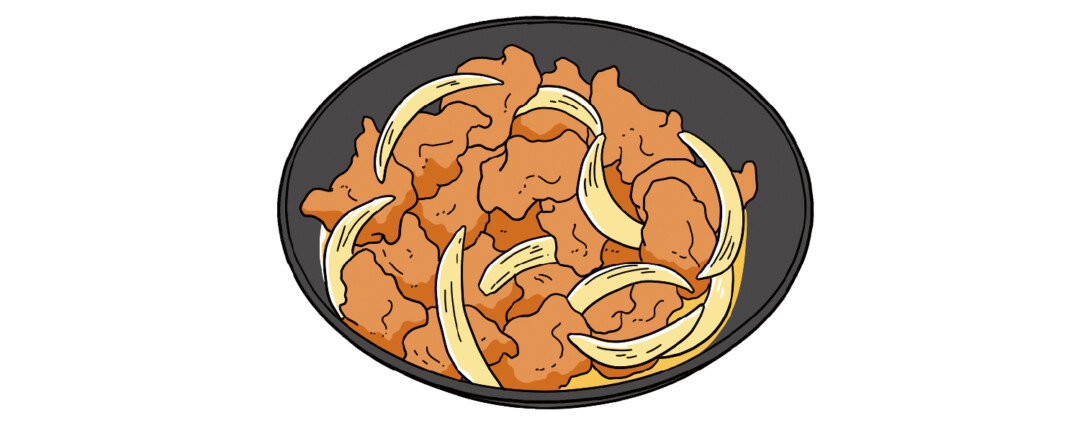
“Bara-yaki” is a dish of beef short ribs and onions grilled on a hotplate. The rich beef fat, coated in a soy sauce-based sweet-and-savory sauce, pairs perfectly with the sweetness of the onions. In Misawa City, considered the birthplace of bara-yaki, beef short ribs were once relatively inexpensive, which led to the creation of this beloved B-grade gourmet dish. Served sizzling hot on an iron plate, bara-yaki can also be enjoyed dipped in beaten egg like sukiyaki, or with added udon noodles for a hearty stir-fry.
*The information is based on the time of reporting or creation, and may differ from the current situation.
tags:
share:










